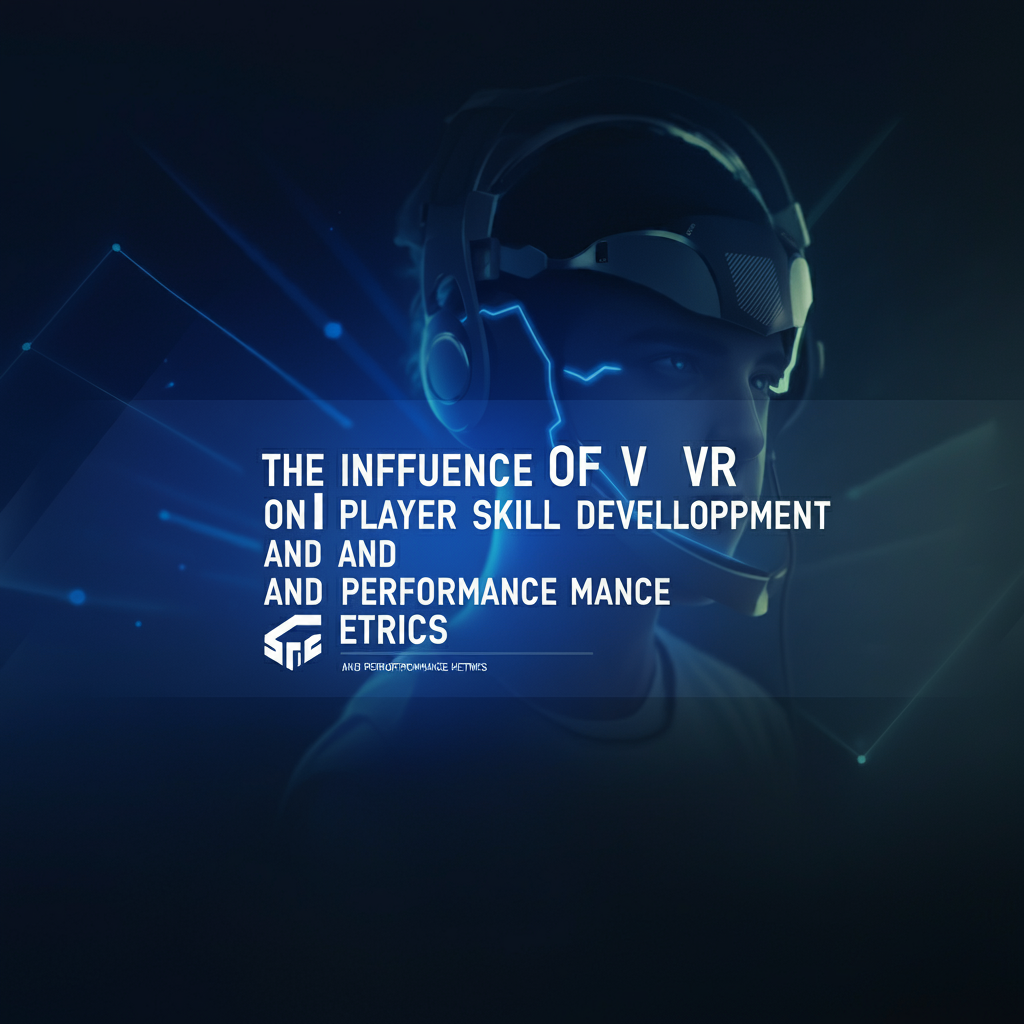Virtual reality (VR) is significantly impacting player skill development and performance metrics in competitive gaming, offering a transformative approach to training and evaluation. Unlike traditional gaming environments, VR provides a fully immersive experience that challenges players in novel ways, fundamentally altering how skills are acquired and assessed.
One of the most profound ways VR influences skill development is through its capacity to create realistic and dynamic training scenarios. In VR, players are placed in lifelike virtual environments where they can practice and refine their abilities in ways that traditional gaming setups cannot replicate. This immersion allows players to experience and respond to in-game situations with heightened accuracy, translating into better skill acquisition and performance. For example, VR simulations can mimic complex game scenarios, such as strategic maneuvers or high-pressure situations, enabling players to hone their skills and adapt their strategies in real time.
The ability to track and analyze player movements and actions in VR provides valuable insights into performance metrics. Advanced VR systems capture detailed data on player behavior, including reaction times, accuracy, and spatial awareness. This data can be used to assess player performance more comprehensively than traditional metrics. By analyzing this information, players and coaches can identify strengths and weaknesses, allowing for targeted improvements and more effective training regimens. The detailed performance data provided by VR also enables a more precise evaluation of player skills, leading to more accurate and actionable performance metrics.
VR also introduces new dimensions to skill development by incorporating physical movement and spatial awareness into gameplay. Unlike traditional gaming, which relies primarily on hand-eye coordination, VR requires players to navigate and interact with a three-dimensional space. This added layer of complexity challenges players to develop a broader range of skills, including spatial reasoning, dynamic movement, and real-time decision-making. As players adapt to these new requirements, their overall skill set becomes more versatile and refined.
The impact of VR on player skill development extends to competitive scenarios as well. In VR competitive gaming, players must not only master the game’s mechanics but also adapt to the immersive environment. This immersion can enhance a player’s ability to stay focused, react quickly, and make strategic decisions under pressure. The skills developed through VR training are directly transferable to competitive settings, where the ability to perform under realistic conditions is crucial.
Additionally, VR’s ability to simulate various in-game environments and scenarios allows players to experiment with different strategies and approaches. This experimentation is invaluable for developing innovative tactics and adapting to diverse challenges. By providing a safe and controlled space for players to test and refine their strategies, VR fosters creativity and strategic thinking, which are essential for success in competitive gaming.
Overall, VR’s influence on player skill development and performance metrics is transformative. By offering immersive training environments, detailed performance analysis, and new dimensions of gameplay, VR is reshaping how skills are developed and assessed in competitive gaming. As VR technology continues to advance, its impact on player performance and skill development is likely to grow, further enhancing the competitive gaming experience and setting new standards for excellence in the field.

